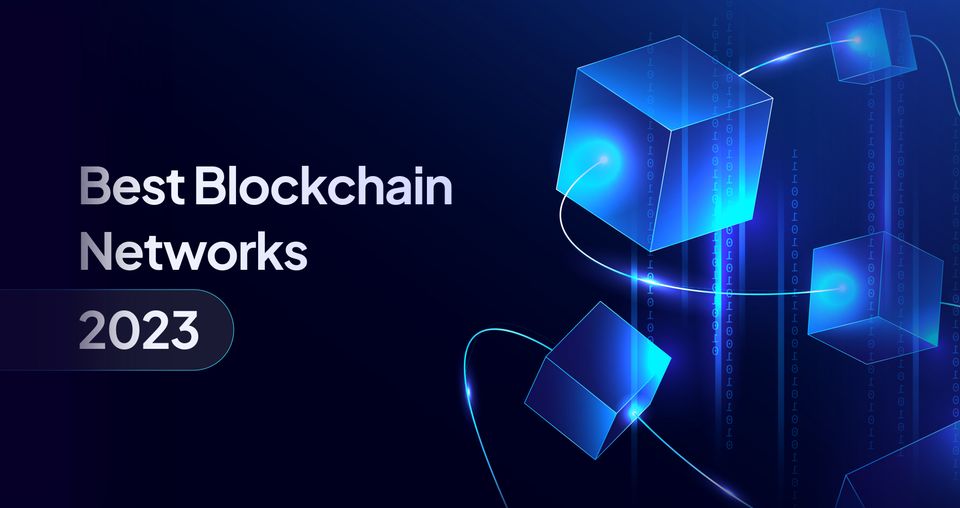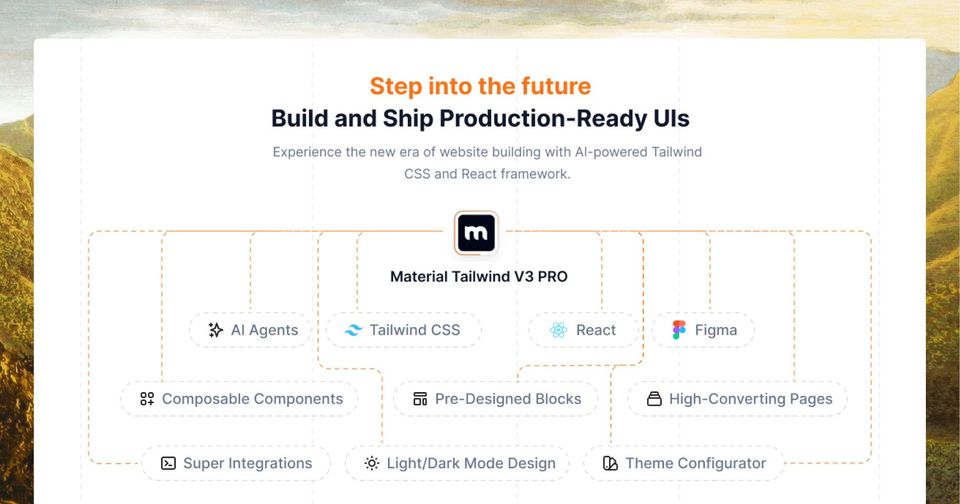With blockchain networks rapidly gaining traction in this era, it makes sense for a tech-savvy individual to know the best blockchains worth exploring in 2023.
While the popularity of blockchain networks gained momentum with the introduction of Bitcoin, many people are now shifting their focus towards faster and more energy-efficient blockchain solutions. The limitations that Bitcoin posed when it came to speed and energy consumption is slowly being improved by new blockchains, and with the advent of Web 3.0 technologies, this growth is only going to get bigger and better.
More and more organizations are now starting to experiment with blockchain technologies, with surveys revealing that the market for blockchains is expected to grow from USD 3.0 billion to USD 39.7 billion from 2020 to 2025.
In this article, we want to share some details about the types of blockchain networks, and then we will showcase 10+ best blockchain networks that you should take into consideration in 2023 if you are a Web 3.0 fan.
What are the types of blockchain networks?
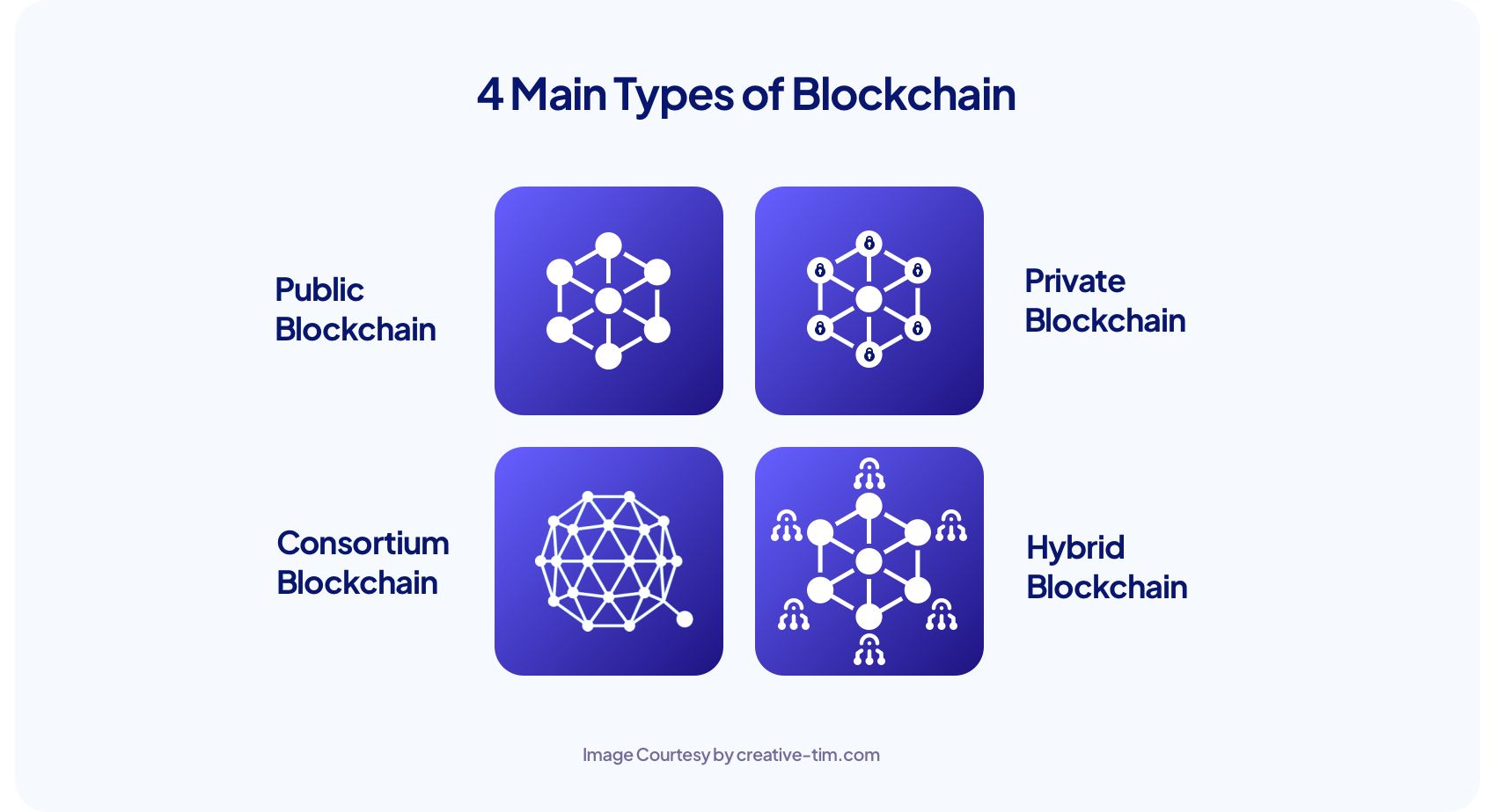
A blockchain is a network used to perform decentralized transactions over a secure peer-to-peer network. Blockchains effectively improve trust among users, provide better security, reduce the cost of production, provide immutable records that cannot be altered, and improve the speed of transactions. Depending on the type of decentralization, and the people who handle the blockchain network, blockchain networks are divided into the following four types:
- Public Blockchain
Public blockchains, as the name suggests, are completely public. There are no restrictions in place, anyone with a computer and a secure internet connection can join, and no one owns it. All nodes present in the blockchain network hold a copy of all transactions that take place in the network.
Public blockchains are secure, anonymous, have slow processing speeds, and are not accepted by governments. Ethereum and Bitcoin are examples of public blockchain networks.
- Private Blockchain
The extensive use of blockchain technology has brought about the advent of private blockchains. Private blockchains only allow selected nodes to participate in the network and offer the advantages of higher speed, better scalability, increased privacy, and balanced network performance.
However, they also pose some security risks, are a bit more centralized, and owing to the reduced number of nodes in the network, any problem with a few nodes can endanger the entire network. Hyperledger and Corda are examples of private blockchain networks.
Resource:What is Blockchain Technology and How Does it Work?
- Hybrid Blockchain
As the name suggests, the hybrid blockchain combines the capabilities of both private and public blockchains. It is also accessible to fewer nodes than public blockchains and has dedicated nodes that verify the transaction.
The architecture of these blockchain networks is highly customizable, and it also can choose the participants and the transactions that can be made public. However, it still suffers from transparency, efficiency, and lower incentive for participation. Ripple and XRP tokens are examples of hybrid blockchains.
- Consortium Blockchain
A creative blockchain approach, consortium blockchains are also called federated blockchains, and they operate on the principle of a hybrid blockchain by allowing some parts to the private and some to be public.
Multiple organizations manage the blockchain, and a limited number of nodes verify transactions, making it faster. It becomes more decentralized with the use of many organizations as authorities, and it also offers privacy and flexibility. It also deals with issues such as vulnerability, differences in the vision of interest, and transparency. Tendermint and Multichain are the blockchain examples that operate on this technology.
Now that the distinction between the different blockchains is clear, to keep you updated with the new blockchains that are sure to rule the technological world in the coming years, here is a list of the top 10 blockchain networks to consider in 2023.
The Best Blockchains for 2023
Ethereum

Though Ethereum was introduced in 2013, it was the first decentralized, public blockchain network that used smart contracts for transactions and is still a network that is popular in 2022. Ethereum's crypto coin Ether (ETH) has the second largest market cap among all cryptocurrencies.
Ethereum also has a huge list of other token standards, is the base network for other crypto projects like Basic Attention Token (BAT) and USD Coin (USDC). Also, Ethereum switched on its proof-of-stake mechanism in 2022 because it is more secure, less energy-intensive, and better for implementing new scaling solutions compared to the previous proof-of-work architecture.
Solana

Solana network, which incorporates the cryptocurrency known as the Solana SOL, has been one of the great players of the cryptocurrency market in the last few months, ranking in the top 10 cryptocurrencies globally. With a circulating supply of around 346 million SOL, Solana’s market cap is approximately $12.04 billion.
Solana is an open-source decentralized cryptocurrency network that has striking similarities to Ethereum but aims to work better than it. Solana blockchain uses a proof-of-history consensus mechanism that facilitates the timestamping transactions of the SOL coin and digital assets such as NFTs. This blockchain network is built on 3 foundations: scalability (uses the evidence of history to allow the network to scale to the rate of Moore's Law), low costs (designed to keep costs low for applications with billions of users), connectivity between projects.
Cosmos

Cosmos (with the cryptocurrency known as ATOM) aims to enable communication between all blockchains while solving the three main blockchain problems: sovereignty, scalability, and sustainability. It uses the Tendermint consensus algorithm and the Inter-Blockchain Communication (IBC) protocol to ensure that blockchains can communicate securely. In other words, Cosmos is an ecosystem of blockchains.
One reason for its popularity is that it has become easier for smaller teams to build on Cosmos. With a circulating supply of around 292 million ATOM, Cormos’ market cap is approximately $4.09B (according to coinbase.com)
Stellar

Stellar is a public blockchain network that was introduced back in 2014. It is a network that focuses on financial transactions, allowing you to create, send, and trade digital representations of dollars, pesos, bitcoins, and a huge range of other currencies.
Stellar is proving itself to be the best bet for financial institutions which are trying to make their transactions and services secure and transparent. As a network that can help quickly make fintech applications, digital assets, and tokens, Stellar is yet another blockchain network to watch out for in 2023.
Stellar can handle millions of transactions daily, has a quick confirmation time of 3-5 seconds, allows smart contracts and multi-signatures, and has a 1% fixed annual inflation. You can use it to issue your assets, transform currency to different formats, and trade peer-to-peer tokens with ease.
Tezos
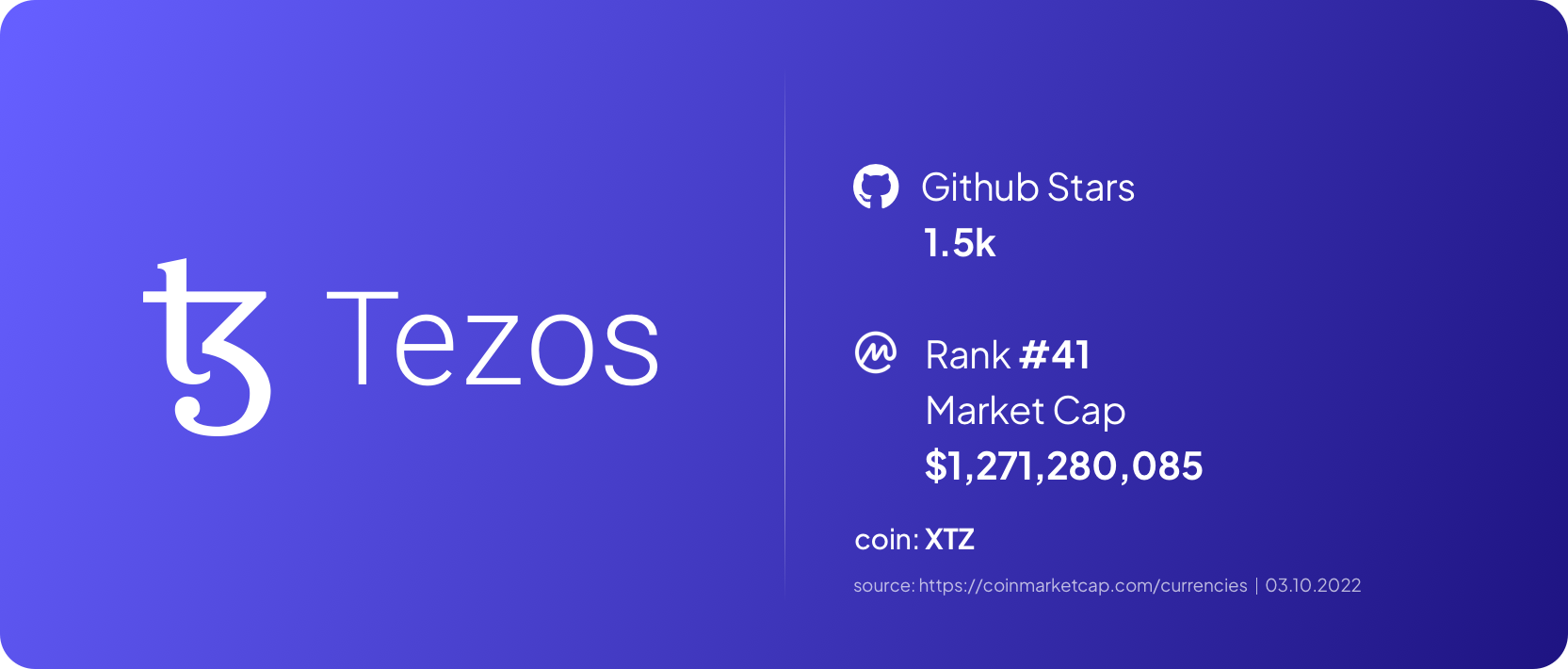
Tezos is yet another older network on the list, which despite being developed since 2014, still holds its value in 2022. It is an open-source and public blockchain network that supports smart contracts, novel financial instruments such as NFTs, and decentralized applications.
The recent improvements in the underlying design have improved the performance and increased the size limit for smart contracts on the Tezos network. There are also newer tools for Tezos which are automating the process of weaving NFTs into enterprise supply chains. Its features such as Delegated Proof of Stake (XDPoS) consensus mechanism, self-amendment protocol, and on-chain governance, distinguish it from other blockchain networks. It is used for dApps and to provide safety and code correctness for digital assets. Some notable use cases for Tezos have been around racing companies and marketplaces.
EOS

EOS is a public blockchain network launched in June 2018, focusing on quickly creating scalable and secure dApps. EOS removes users' fees by leveraging multithreading and Delegated Proof of Stake (XDPoS) algorithms.
EOs provides a solution for governance and hosting of dApps, and has the capability of smart contracts. It solves the scalability issues posed by Bitcoin and Ethereum by providing decentralized storage of enterprise solutions. Additionally, it allows multi-processing, upgradability, permission schema, and flexibility, making it one of the new blockchains to consider in 2022.
Elrond
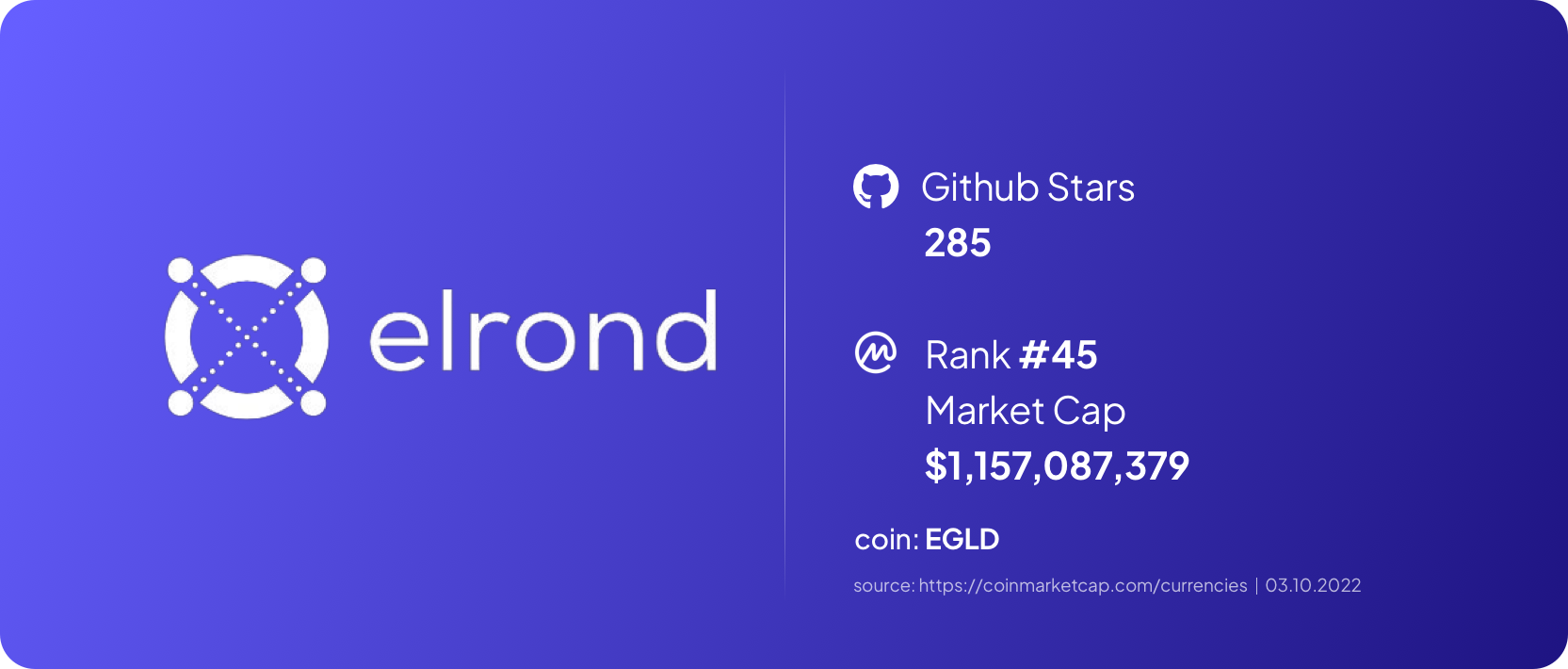
Elrond is a particularly new blockchain that was introduced in July 2020 and had been gaining widespread momentum ever since. Designed for the scalability of dApps, security, and decentralization, this public blockchain also caters to enterprise use cases at a lower price and higher throughput.
Elrond uses sharding to provide extremely fast transaction speeds. It has particularly been introduced to be a technology that can be used extensively in the new internet, i.e., Web 3.0 for fintech, Internet of Things (IoT), and decentralized finance use cases. Reportedly, its network is capable of carrying out 15000 transactions per second with a transaction cost of 0.001 USD and a six-second latency.
Since its launch, Elrond has been used a lot in creating dApps such as Aerotek Aviation, Black Hat Network, and decentralized exchanges such as Maiar DEX. Also, see Creative Tim dApps built on top of Elrond.
With a lot of popularity and use in the few years since its introduction, Elrond is surely set to become bigger and better throughout and beyond 2022.
Klaytn
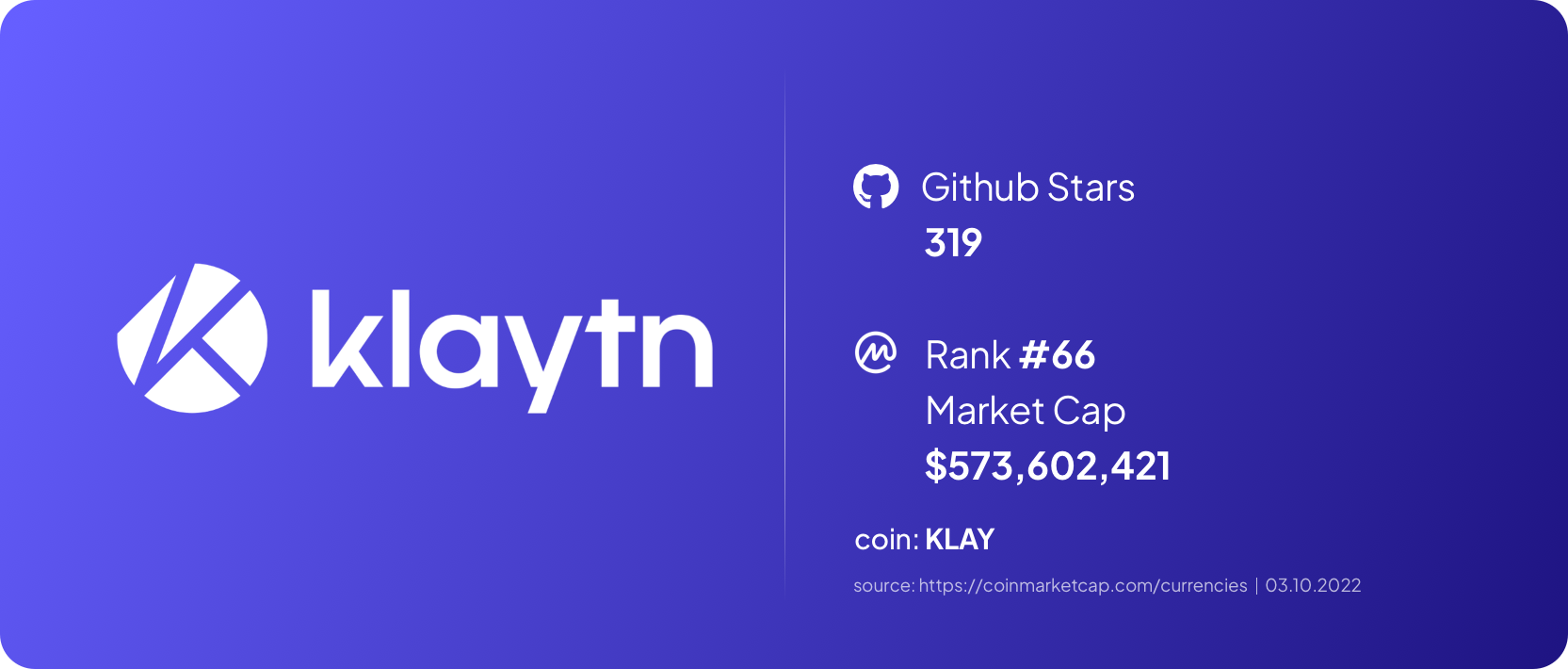
Klaytn is yet another newer, public blockchain network that was introduced in June 2019, and is focused mainly on businesses. It has a modular network architecture, making it easier for businesses to create service-oriented blockchains. These service chains are the sub-networks that use the Klaytn architecture.
Klaytn is sure set to fulfill real-world use cases such as gaming, domain name management, music management, and real estate. It reduces the cost of developing your blockchain applications, thus reducing the barriers to entry for end customers. With its one-second block generation and confirmation period, 4000 transactions per second capability, and one-tenth price of Ethereum, it is providing yet another blockchain to look out for.
XDC Network
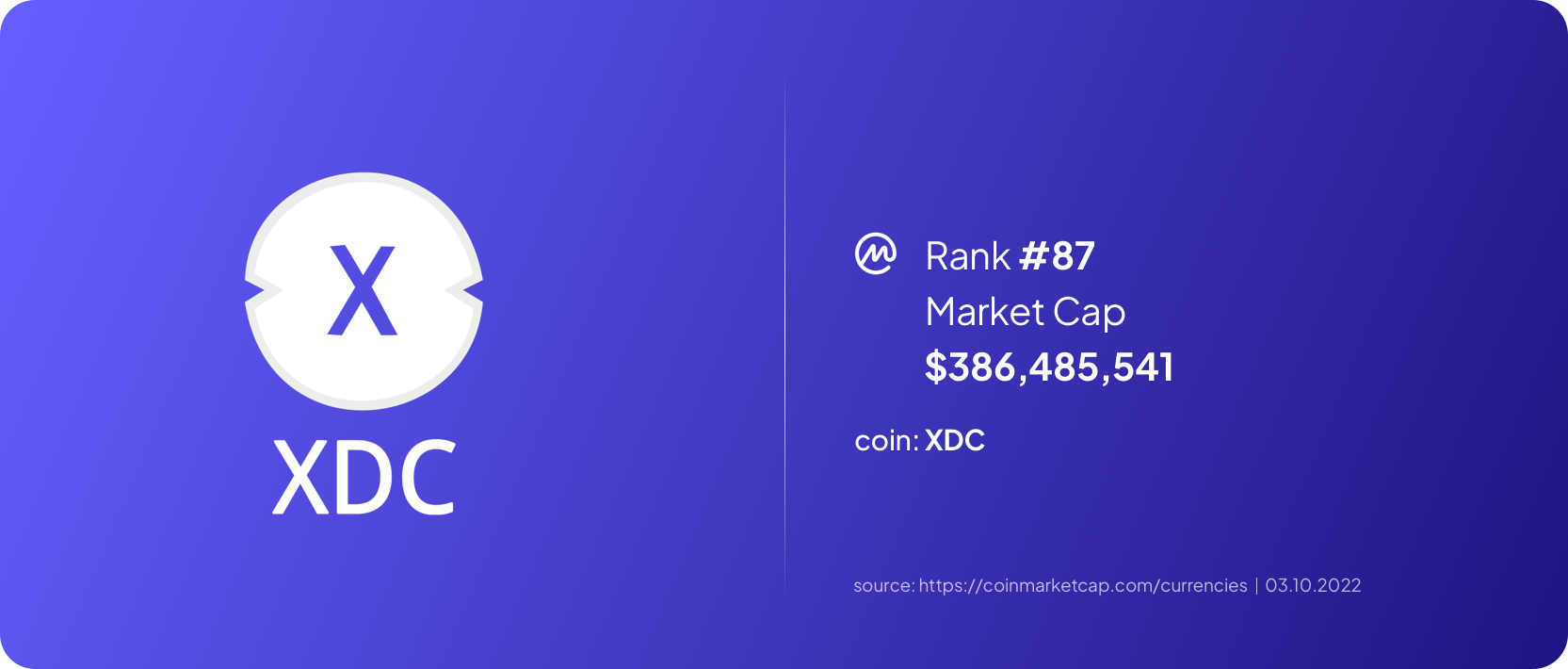
XDC network is an enterprise-grade, hybrid blockchain which is used mainly for finance and global trading. It uses cross-chain smart contracts for transactions and regulates trade transactions instantly using digitization and tokenization.
XDC started with an initial coin offering (ICO) in 2018, which rose to $15 million and went live on June 2019. It promises to use the fastest and most energy-efficient consensus protocol in the world and uses Delegated Proof of Stake (XDPoS) and Stakeholder Approval Voting to help resolve consensus problems in an unbiased manner. XDC has proven itself to be a unique digital asset by powering the XDC Blockchain Network and the currently popular wallets like Garuda, BitFi, Ellipal, Lumi, and Trezor.
Hyperledger Sawtooth
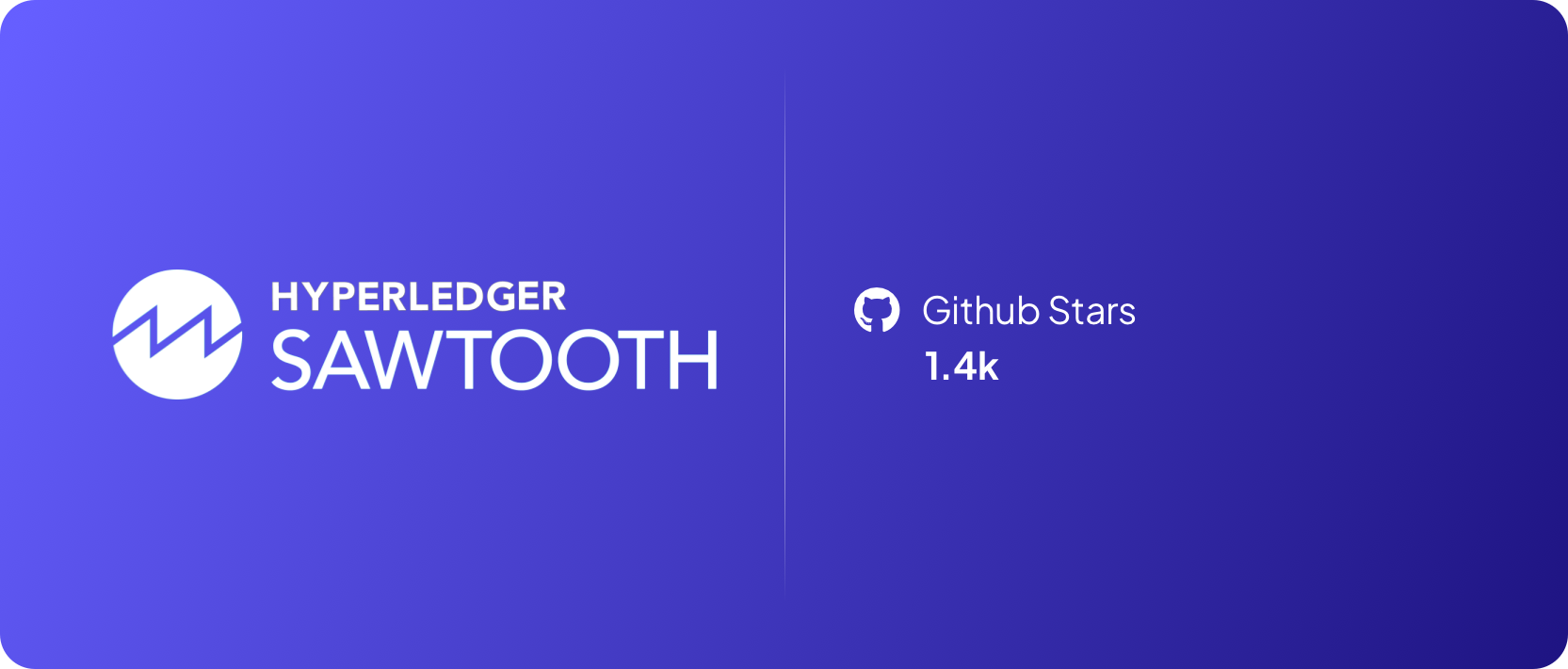
Hyperledger Sawtooth is yet another private, new blockchain that provides a flexible and modular architecture to separate its application domain from its core system. It was released in January 2018 and allows smart contracts to work per business rules without having to understand the underlying system design.
With support for consensus algorithms like Proof of Elapsed Time (PoET), this blockchain network aims to be an unbiased network that allows pluggable consensus algorithms. Other features of Hyperledger Sawtooth that tick the boxes for organizations looking for smart, scalable solutions are its parallel transaction execution capability and compatibility with Ethereum contracts.
Hyperledger Fabric
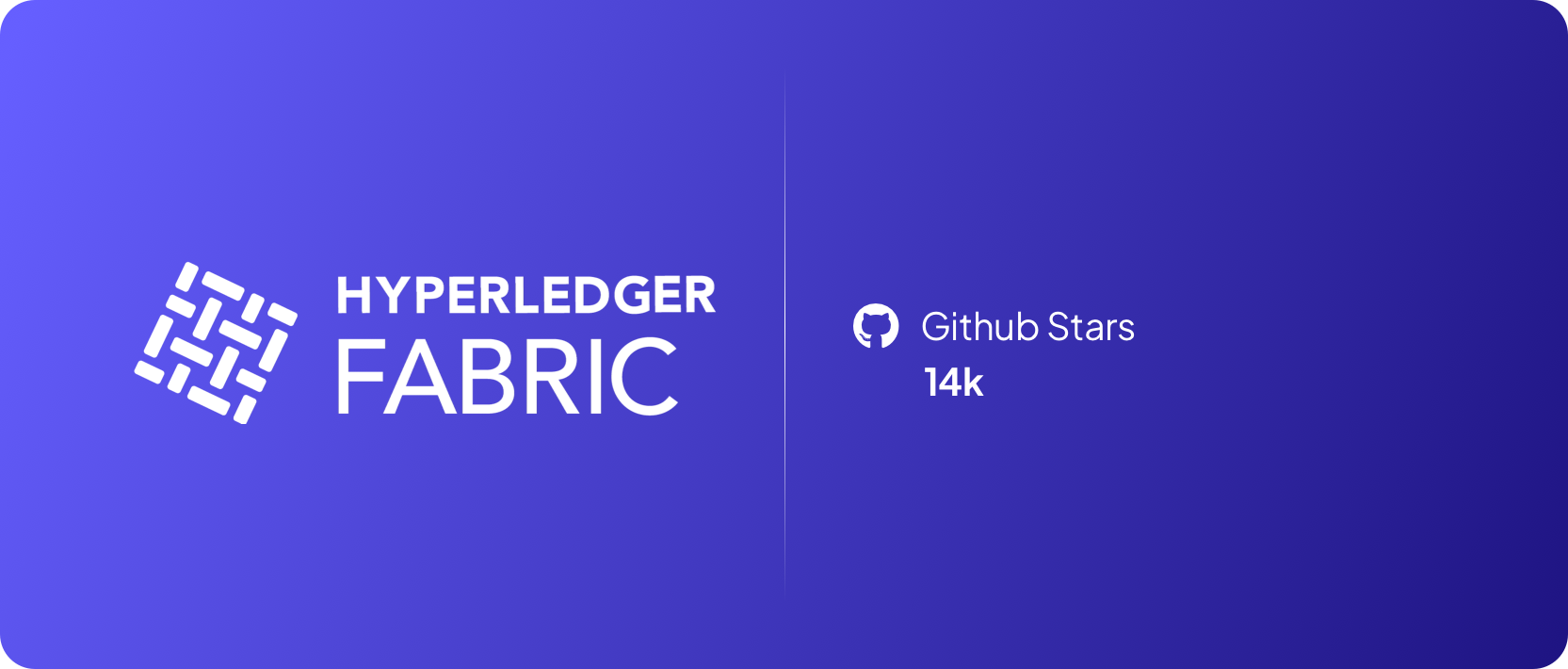
Hyperledger Fabric is a consortium blockchain that offers a modular architecture well suited to build solutions or apps in a plug-and-play manner. It is particularly useful for industrial use cases as it enables a network of networks, thus forming a fabric of networks.
The members in the fabric network work together but maintain separate relationships with their networks for confidentiality. For example, while a seller can interact with different buyers to sell the same product, they can maintain different networks with each of their buyers by creating a channel over the Hyperledger Fabric network. This makes the blockchain secure and scalable instead of open and permissionless, thus allowing private transactions and confidential contracts.
Hyperledger Fabric is highly modular and has been swiftly gaining momentum since its launch in 2015 because of its unique features. It is increasingly being used in food supply chains, digital payments, digital identity, and traceability of precious goods.
Conclusion
Blockchain networks are an ever-emerging and quickly changing world, with new competitors entering the crypto realm every day. The increasing maturity of blockchain technology and the demand for even more robust blockchain networks cannot be denied for sure.
We hope that this showcase of the best blockchains mentioned above will help you keep up to date and in pace with newer blockchains, and we can rest assured that this list is relentlessly going to change over the years to come. If you are interested in what blockchain actually means, check out our article!
References
- Types of Blockchain
- Top 5 Hyperledger Fabric Applications
- Top Blockchain Platforms to Explore in 2022
- Top 9 blockchain platforms to consider in 2022
- Top 10 Blockchain Platforms to Look out for in 2022
- Top 10 Blockchain Platforms You Should Know in 2022
Disclaimer: This article is intended for general guidance and information purposes only. The contents of this article are not to be construed as legal, business, investment, or tax advice. You should consult with your advisors for all legal, business, investment, and tax implications and advice.

